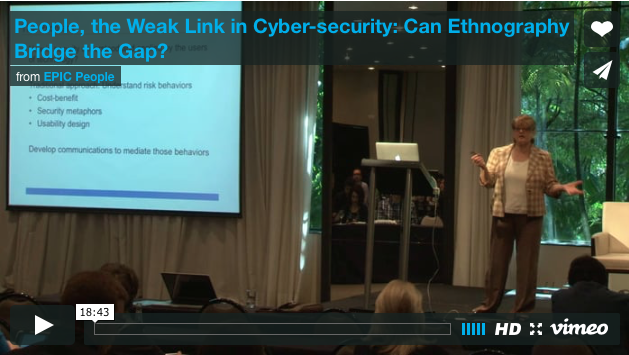Article 2 in the series Data, Design and Civics: Ethnographic Perspectives The windows were dirty when I arrived on the fifteenth floor of City Hall. I had been hired as the Los Angeles’ Innovation Team’s in-house social communication researcher. My official title was “Design and Data Research...









